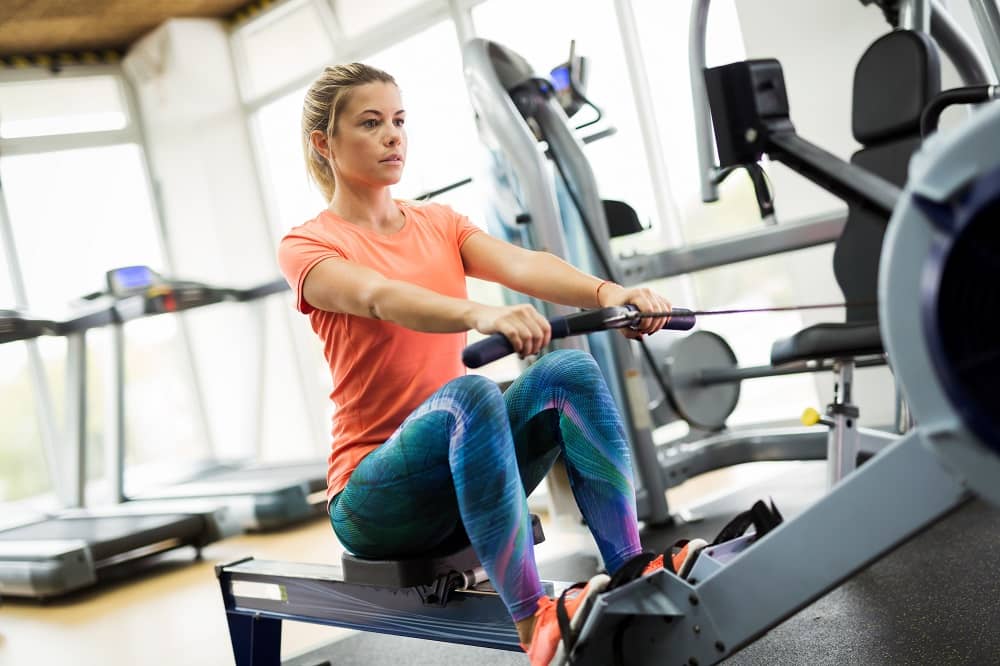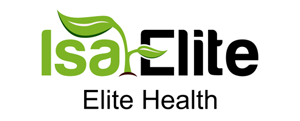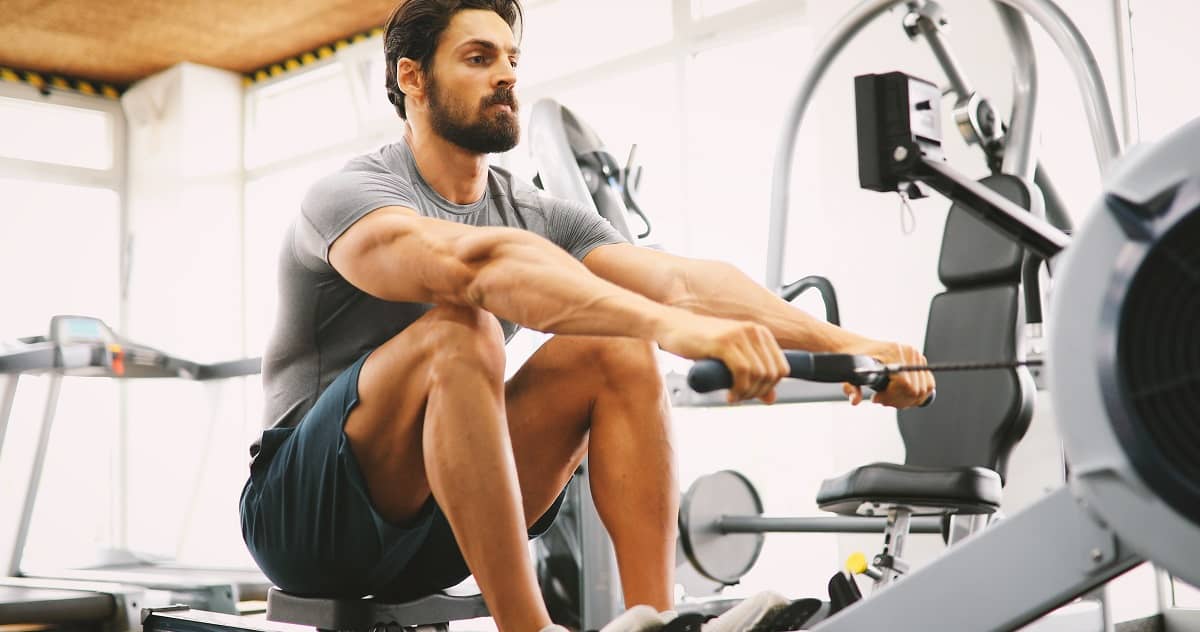Whether you’re touring a gym, searching for fitness classes, or browsing for workout equipment online, it’s easy to get overwhelmed by all of the choices.
It seems like every day, a new workout or piece of equipment is trending on all of the fitness blogs. How are you supposed to figure out which one is right for you when there are so many options?
While there are a lot of great workouts out there, it turns out that one of the most effective might also be one of the classics: the indoor rowing machine.
Withstanding the Test of Time
While gyms may seem like a modern convenience, indoor workout equipment has actually been around for a long time. The indoor rowing machine, in particular, has been around since the 4th century BC , when it was used as a military training device for less experienced recruits in Greece.
Soldiers in Athens would use wooden rowing devices built on the beach to practice proper rowing technique before braving the harsh waters of the sea. Incredible improvements to the soldiers’ physical condition were an unexpected, but not unwelcome, benefit to this practice in seamanship. Thus, the indoor rowing machine was born, and has been a staple on gyms for centuries.
Benefits of Rowing
Although new technology comes out every day, sometimes the tried and true methods are the best. This certainly seems to be true considering the impressive benefits that rowing machines offer to those who use them regularly. The rowing machine is even more valuable because it’s a low-impact exercise that can be performed by just about anyone, no matter what physical limitations they may have.
A Total Body Workout
According to The American Fitness Professionals Organization, rowing targets a huge number of muscle groups. Muscles that you can expect to work while rowing include the
- upper back,
- chest,
- arms,
- abs,
- obliques,
- quads,
- calves, and
- glutes.
In fact, in a study from The English Institute of Sport, researchers found that by using a rowing machine, you are engaging 86% of the muscles in your body! Additionally, an article from Penn State Sports Medicine points out that the muscles used in a row are the largest muscles in the body, which is how this simple exercise is able to engage so many separate muscles all at once. Plus, the unique motion of the legs during a row exercise allows you to maximize the power that your body is putting out with each and every row, getting you maximum results from every effort.
The most important thing to remember when it comes to getting the best possible row workout is proper form. The majority of the effort in a proper row should come from your legs, not your arms or back (but don’t worry, those muscles are working, too!). It’s also important to engage your core throughout the exercise to keep your body supported, allowing the legs to do the heavy lifting.
The row is made up of four distinct movements:
- the catch
- the drive
- the finish
- recovery
Each movement should be completed properly before moving onto the next.
The catch takes place with your knees bent close to your chest, your arms extended out to the front. The drive is when you push your legs against the apparatus to propel yourself backwards. During the finish, you will pull your hands to your chest to complete the active part of the movement. Recovery takes place as you return your body to the catch position.
When you first begin rowing, take it slowly and think about your form. Focus on isolating each of these four movements, then gradually increase your speed to rev up your heart rate.
A Low-Impact Option
A 2005 study used rowing as the exercise of choice for people with physical disabilities. The study overwhelmingly found that these exercisers were able to use indoor rowing machines to effectively lower their body weight and improve their overall body composition.
One of the main reasons that rowing is a good option for people of a variety of fitness levels is the unique seated position in which the exercise is performed. This position places less strain on the knee joints, making it safer for elderly exercisers, people who are overweight, or people with injuries. The rowing machine can have great results for these types of exercisers.
One study, which examined the impact of rowing on elderly participants, found that regular rowing decreased the risk of metabolic syndrome and sarcopenia (loss of muscle mass).
Another study examined how exercise on rowing machines affected other aspects of physical performance, such as flexibility, endurance, and agility. The study found that these factors improved by around 30% in the knees, elbows, shoulders, and backs of participants over the course of eight weeks.
A Great Cardio Option
Just because the rowing machine is easy on the joints doesn’t mean that it won’t get your heart pumping! The row is a high-intensity exercise that forces your heart to work a little harder to get blood and oxygen all around your body. This type of exercise is great for the overall strength of your heart. In one study, researchers found that just 30 minutes of rowing typically achieves the same cardiovascular benefits as 90 minutes on a stationary bike.

Rowing is one of the best cardio options available.
While there are a lot of cardio options out there that will also get your heart racing and your blood pumping, most of them put a heavy focus on working the lower body. Ellipticals, treadmills, and stationary bikes all work the legs much more than any other body area. It’s also much easier to perform these exercises at a lower intensity than your body needs to improve health and wellness. The row machine, on the other hand, is almost impossible to do in a lazy way.
A Form of Meditation
Because the rowing machine is a low-impact option that allows the body to easily glide through movements, many regular rowers find themselves entering a mental state akin to meditation as they perform the exercise. The four distinct movements of rowing (catch, drive, finish, and recovery) almost form a mantra that practitioners can focus on as their bodies go through the movements. Having this type of mindset while exercising is a great way to reduce stress and improve mental, as well as physical, health.
A Final Note…
With all of these important benefits, the only thing that may be holding you back from starting a rowing routine is access to a gym that has the machines. However, a rowing machine is one of the easiest pieces of equipment to have in your home! They are often small, compact, and lightweight, making them easy to store in even the smallest spaces. In addition, because indoor rowing machines provide low-impact exercise, they are much quieter than other, bulkier workout equipment.
There are a lot of low-cost rowing machines on the market. Start shopping around, and before you know it, you’ll be on your way to the body of your dreams!


